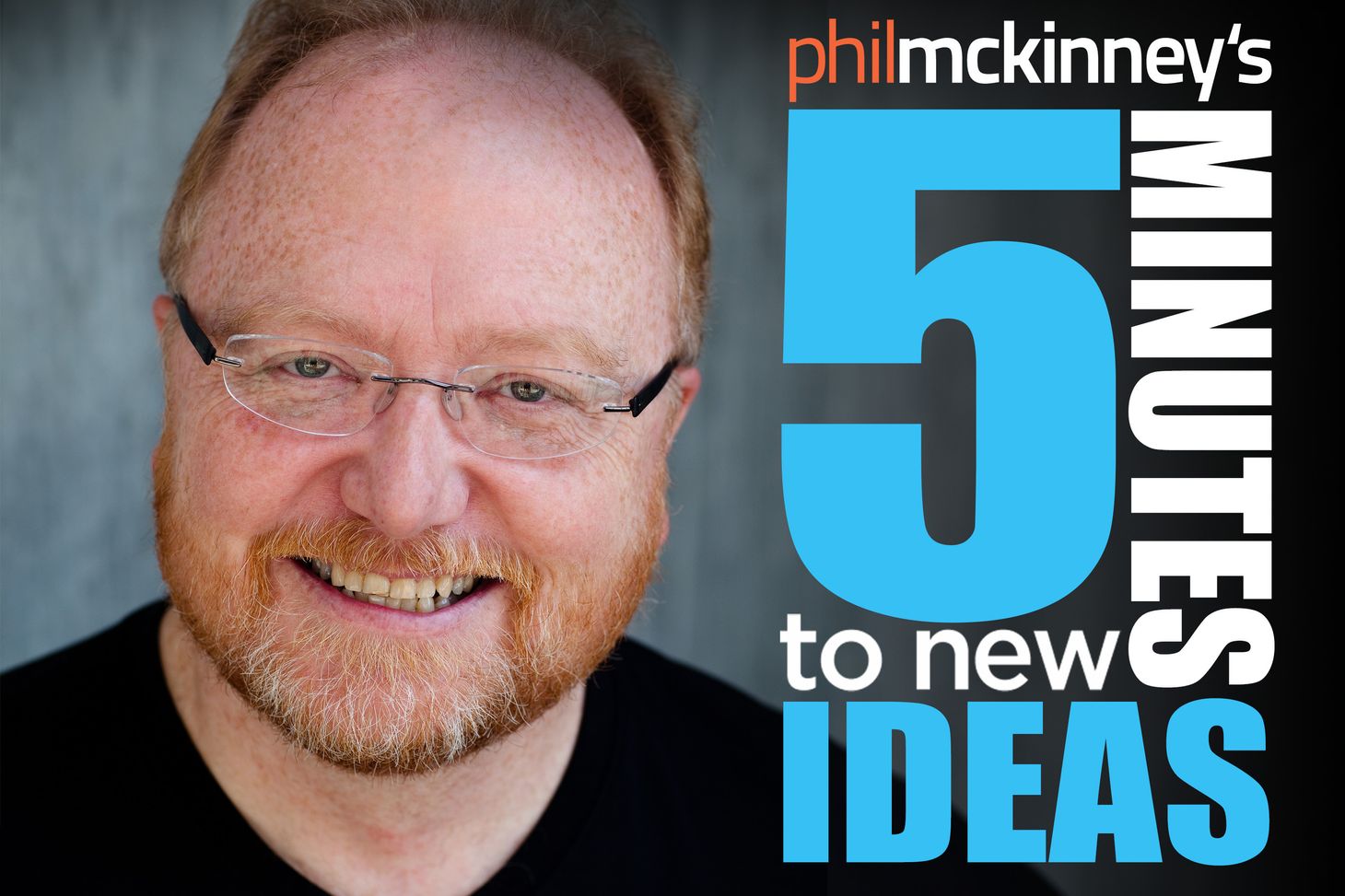What Products Could I Create Out of Unused Assets

I’m an innovation guy.
It may not say so on my business card, but that’s what I do.
I encourage people, whether inside HP or in my meetings with customers around the world, to accept that they and their product are going to have to change.
No matter how popular and successful your work is, things change.
The economy shifts; your customers’ needs evolve; technologies become redundant.
We’ve talked about this in earlier chapters, but looking forward, preparing for the inevitable evolutions in your business and your product are crucial if you’re going to succeed.
Amazon has been brilliant at refining What they do and How they do it to reflect the changing criteria of Who they’re doing it for.
This kind of flexibility is to be expected in the formative and pliable early years of a business or industry.
What’s impressive is that Amazon has retained that spirit even as they’ve solidified into the cornerstone of the digital marketplace.
The first phase of the Amazon era addressed readers’ criteria and hassles in the mid-’90s.
They made it easy to buy any book, no matter how niche or obscure, thereby undercutting Borders and Barnes & Noble to offer a cheaper product and saving you a trip to the mall in the process.
Mission accomplished.
This very simple What—cheaper books, huge selection, delivered to your door—worked.
Since then, they’ve diversified the products offered to the point where they are essentially an online department store.
They’ve experimented with everything from a search engine—A9 (built on the Google platform, but not a hit)—to allowing small booksellers a chance to list their books on the site.
Their Amazon Mechanical Turk service allows individuals to make money by offering their services in tiny increments of time.
Have five minutes free? Make a little money transcribing a two-minute podcast.
Whether any of these Whats are really a good idea is up for debate.
Amazon’s detractors argue that they are diluting their core message and product.
I’d counter that they are taking risks and exploring new uses for their existing infrastructure.
Much of Amazon’s explorations in creating new value are based around a tweak of this Killer Question, which goes something like “Is there unused space in my existing infrastructure that could be filled?”
Amazon has vastly more server capacity than they generally need in order to address requirements at peak times such as the Christmas holiday season or Black Friday.
As a result, they have taken their cue from companies like Rackspace and Media Temple and have begun renting their servers to provide infrastructure for third-party websites.
Their leap from selling books and other retail goods to getting into the computing infrastructure business has been unexpected.
But it has worked well.
Amazon S3 is very successful, and lots of start-ups use it.
As long as you have a credit card number, you can have servers and storage.
Amazon can easily allocate you more space on the servers as your business grows and needs more capacity.
The lesson here is to avoid being pigeonholed into one set of services.
Take a look at any underused resources you have available.
Is there a way that you could offer these to your customers as an auxiliary service to your main business?
Finding ways to offer underused resources as a service and see income where there would otherwise be none is brilliant.
These explorations might not yield big payoffs, but the point is that you need to be constantly looking at new ways to stay ahead of the trends that are shaping your industry.
[Sparking Points]
Are there year-round or seasonally based un- or underused assets or capabilities in your company (real estate, capacity, distribution, etc.)?
What customers, partners, or suppliers could benefit from having access to those assets?
What business model would you need in order to promote, sell, or support a set of products or services around these unused assets?




